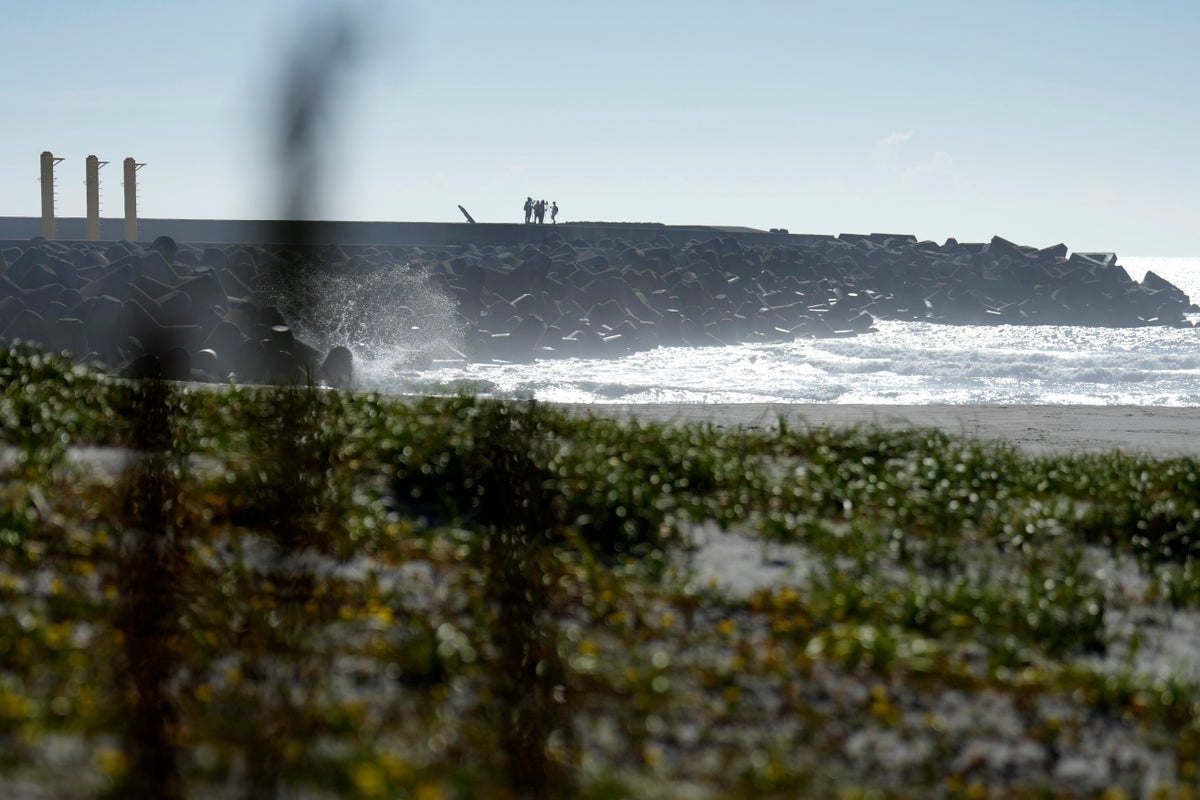
The operator of the tsunami-wrecked Fukushima Daiichi nuclear power plant will begin releasing the first batch of treated and diluted radioactive wastewater into the Pacific Ocean later Thursday, utility executives said.
Tokyo Electric Power Company Holdings executive Junichi Matsumoto said its final preparations and testing have cleared safety standards and the release will begin in the early afternoon.
The release will begin more than 12 years after the meltdowns of three reactors at the plant that was heavily damaged by the massive earthquake and tsunami that struck Japan's northeastern coast on March 11, 2011. Radioactive water — both seeping groundwater and water used to cool the reactors — have accumulated at the site ever since, and TEPCO and the government say the mass quantities of the water have hampered the daunting task of removing the deadly toxic melted debris from the reactors.
The final step before the release began Tuesday when just 1 ton of treated water was sent from one of the site's many storage tanks to be diluted with 1,200 tons of seawater, and the mixture was kept in the primary pool for two days for final sampling, Matsumoto said. The tritium levels from those samples were significantly safer than the legally releasable levels, Matsumoto said.
The water treatment process can reduce the amounts of more than 60 other radionuclides to government-set releasable levels, except for tritium, which the government and TEPCO say is safe for humans if consumed in small amounts.
A batch of 460 tons of water will be sent to the mixing pool Thursday for the actual discharge.
Thursday’s release was to begin with the least radioactive water to ensure safety, Matsumoto said.
Japan's government announced the release of the water into the sea in 2021, and it has faced strong protests, especially from Japanese fisheries groups, while groups in South Korea and China also raised concern, making it a political and diplomatic issue.
Conservation groups and other activists were among those protesting outside of TEPCO’s headquarters in Tokyo and a number of locations in Fukushima as the announcement of the final preparations being complete was made.
The water that has accumulated at the plant since the 2011 disaster is partly recycled to keep the damaged reactors cool, since the tsunami destroyed the plant's cooling systems. But the rest of the water is stored in about 1,000 large tanks, which are already filled to 98% of their 1.37-million ton capacity.
Those tanks cover much of the plant complex, which needs the space to build new facilities that will be needed to continue the decommissioning of the plant, officials said. They have also said the release is necessary to prevent accidental leaks of the untreated, undiluted water, which exceeds the government's safety limits.
TEPCO plans to release 31,200 tons of the treated water by the end of March 2024, which would empty only 10 tanks because the contaminated continues to accumulate, though the pace of the release will later pick up.
Japanese fisheries groups worry the release will cause further damage to the reputation of their seafood. Fukushima prefecture’s current catch is only about one-fifth its pre-disaster level due to a decline in the fishing population and smaller catch sizes.
In addition, China has tightened radiation testing on Japanese products from Fukushima and nine other prefectures, halting exports at customs for weeks, Fisheries Agency officials said.







